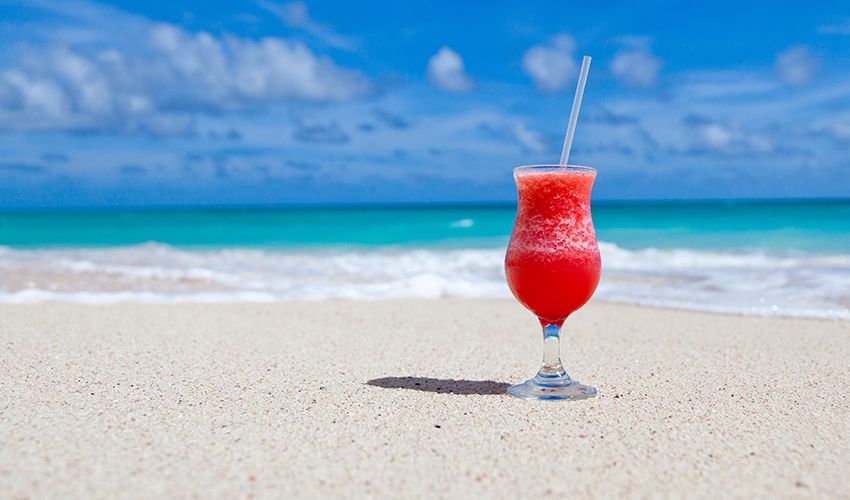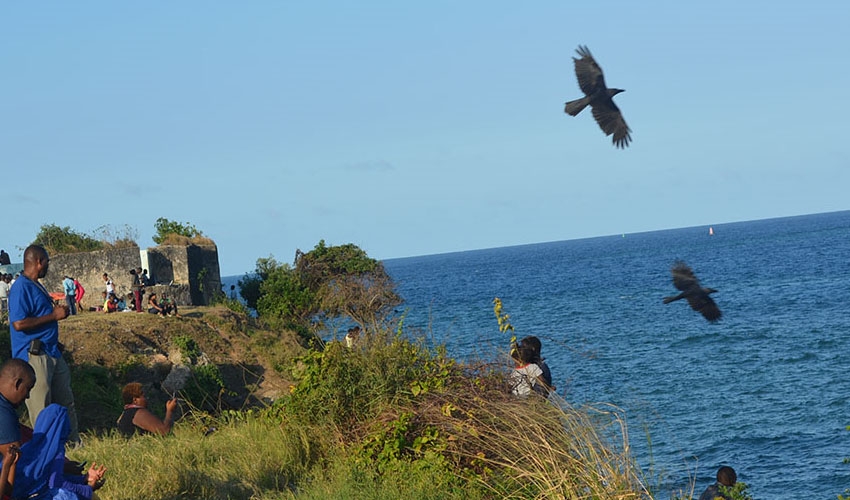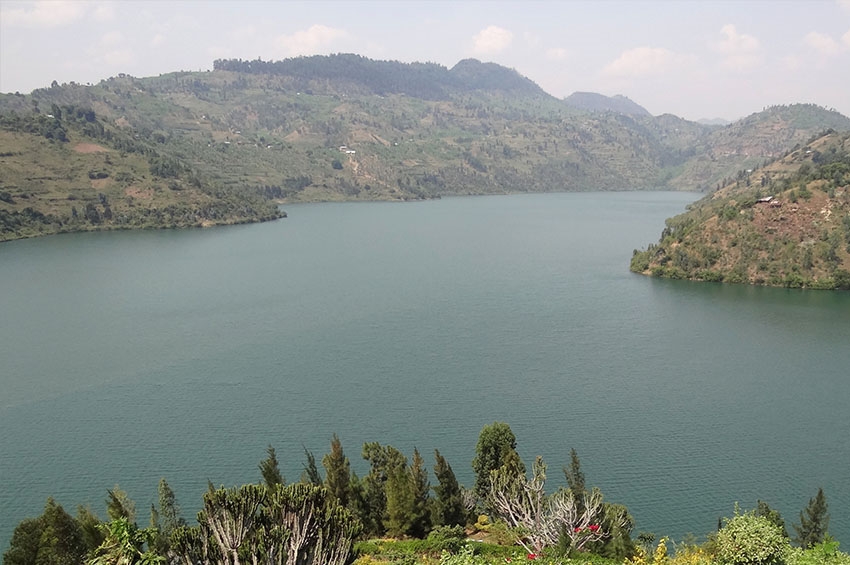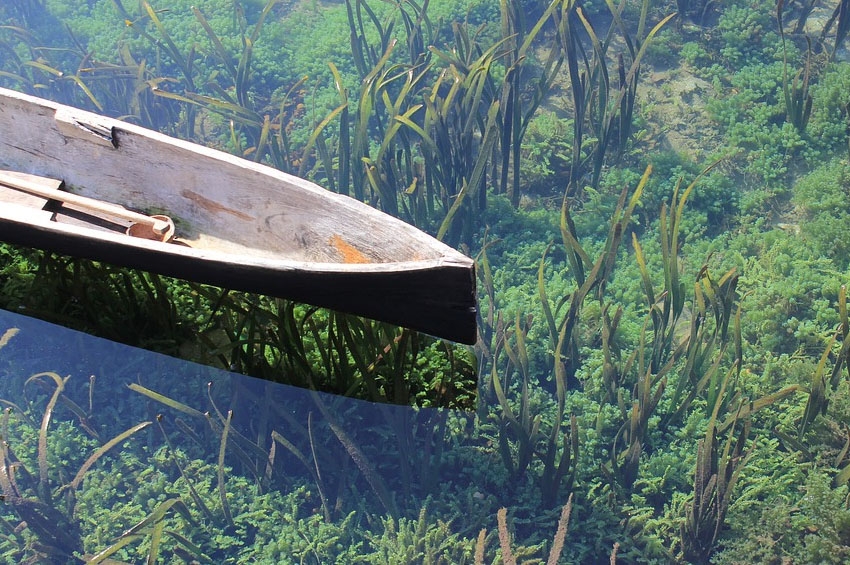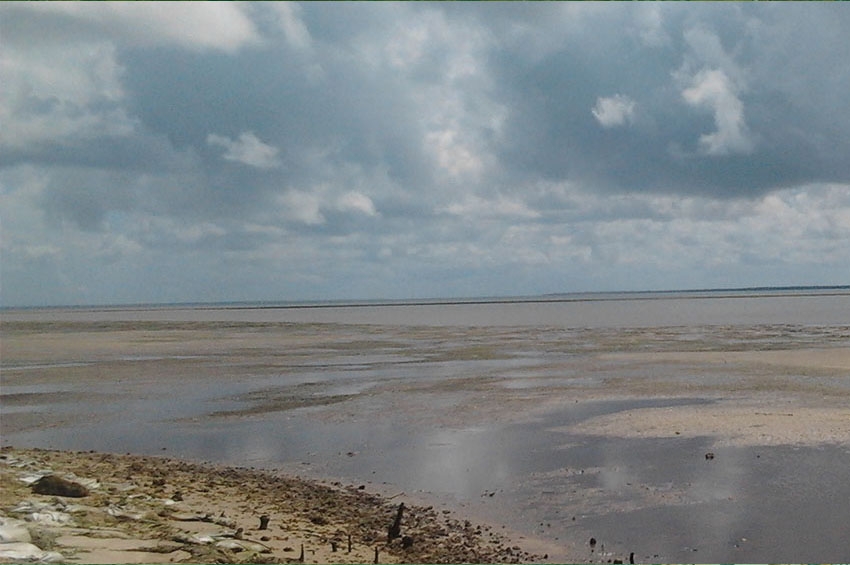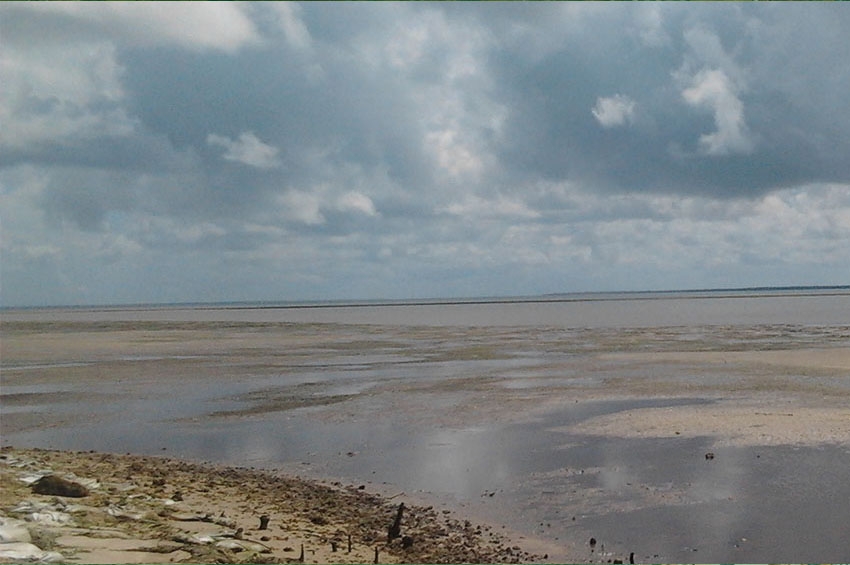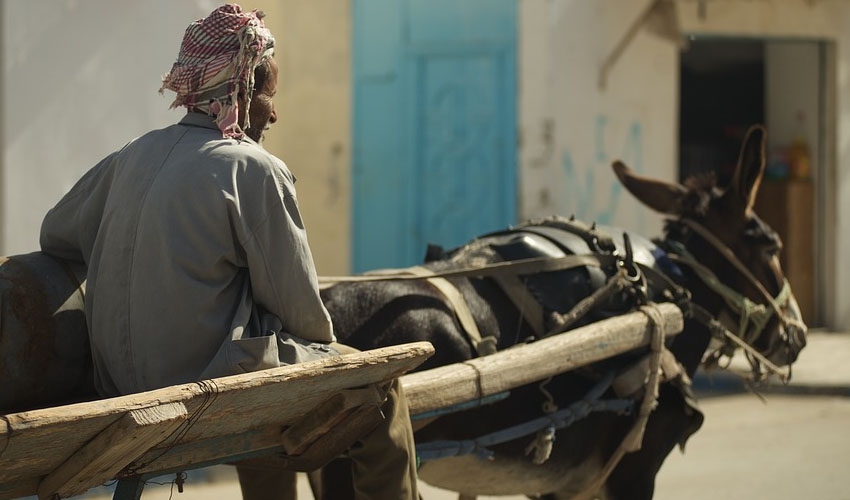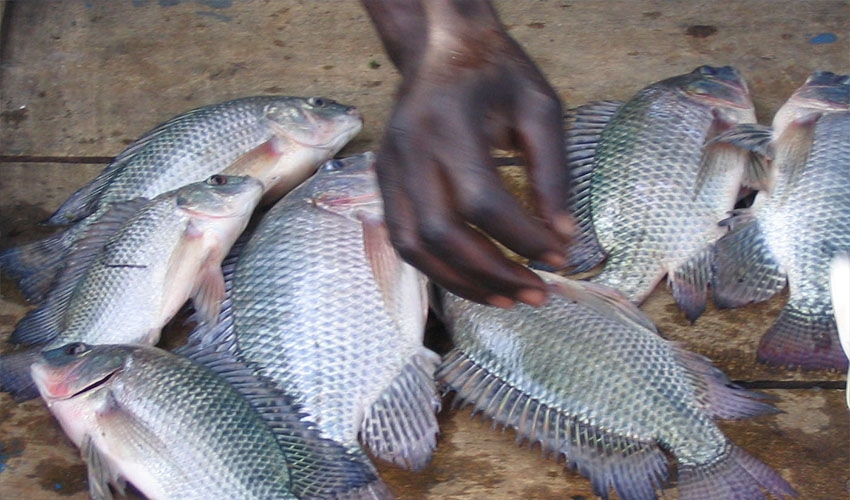Kishuku!’ Rehema’s little seven-year-old sister cried excitedly as she raced from their reed-thatched houses towards the beach.
Within minutes, the word, ‘kishuku,’ had spread throughout the sandy alleys of Wasini village, depositing dozens of kids on the sea shore to have a look at kishuku, as dolphin is known in Swahili.
Rehema worked with Sasafrica, a communications company whose office was hosted at Wasini Mpunguti Lodge, the biggest hotel and restaurant in Wasini Island. She gazed out of the office window and saw as children stood by the shoreline clapping their tiny hands and screaming happily as two dolphins jumped in and out of the water in their famous arc motions.
Children in Wasini Island grow up knowing that dolphins are human friends that should be celebrated. Local myth says that dolphins will rescue a drowning person only if that person has never tasted dolphin meat. But if that person has previously feasted on dolphin meat, then dolphins will not race to the rescue.
Wasini Island is one of the few places on Africa’s east coast where dolphins can be easily spotted as they dot the ocean surface with their famous arc. So common is this dolphin dance that Wasini can easily be designated as the dolphin island. These fish mammals are just part of Wasini’s immense marine ecosystem treasure.
As kishuku dives back into the warm salty waters, it dances gently, as if experiencing a soft tremor. Its big eyes are alert, scanning the vast blueness that it calls home. A number of dazzling fish species catch its eye.
Over there, next to a coral that resembles an anthill is a parrot fish, known in Swahili as pono. It is rowing its side fins lazily, in no hurry to get to wherever it is going. What a colorful fish! Its yellow stripes and yellow circles are set on a green background that is dotted with blue patches here and there. Around the black pupils of its eyes are shades of orange that give the impression of eye mascara.
Wasini Island’s Wavumba people consider squids to be aphrodisiacs and milk enhancers for lactating mothers. In this regard, both men and women love to devour them but for totally different reasons!
Kishuku shook his tail in wonder. That parrot fish kept changing its colors! Indeed, it is a fish that can even change its gender in the course of its lifetime.
It is easy to spot these colorful fishes because they inhabit shallow waters and are not big fans of the deeps. Their mouth resembles a parrot’s beak, hence its name. This mouth sometimes takes on a sneering semblance that irritates kishuku. For the ten years that he has lived in these Wasini waters, kishuku has seen hundreds of parrot fish, with some as big as five feet.
They feed on rocks and once these rocks are done with their digestive system, they are excreted as sand. A large parrot fish can produce as much as one ton of sand a year! Wasini’s parrot fishes should probably get some royalty from the island’s sandy beaches!
Kishuku is one of at least nine dolphin species that roam the waters of Wasini. He swam rapidly past the lazy parrot fish and almost bumped into several cuttlefish. The one in the lead had an unhappy look on his face. He seemed to be in a bad mood. Kishuku watched in amazement and amusement as the cuttlefish leader changed his color from a deep brown to a dark yellow! Indeed, this fish are the chameleon of the sea.
Kishuku swam on past the chameleon fish. Unlike the cuttlefish, he was in a good mood.
Wasini’s dolphins are free to roam wherever and whenever they want. This is why kishuku decided to approach the shallower waters of the beach. He needed a breath of fresh air, so with agile speed, he shot upwards, upwards, upwards and upwards until he burst beyond the ocean surface and lingered in the air, eliciting more shouts from children who always happened to see him whenever he strolled upwards.
A few minutes after tumbling back into the water, Kishuku came face to face with a large squid whose many arms were flailing around. More specifically, he seemed to be waving his eight arms and two tentacles. He was probably late for a date and had found his lady gone. Squid can change their color and patters nearly three dozen times. They therefore have a wide portfolio of designer looks that add beautiful intensity to the ocean deeps.
Wasini Island’s Wavumba people consider squids to be aphrodisiacs and milk enhancers for lactating mothers. In this regard, both men and women love to devour them but for totally different reasons!
Squids are declining, partly because of ever-increasing demand and partly because of rising temperatures, especially in the case of the big fin reef squid.
Before kishuku could count to three, the designer-clad squid had already sped off. It moves by jet propulsion and can move at speeds of up to 40km/hr. It would definitely give Usain Bolt a run for his money!
The racing squid flashed by the king himself. Kingfish. They prefer shallow coastal waters that are near the shore hence Wasini fishermen never have to go too far to capture them. This particular kingfish had the regal airs of a king – it was nearly half a metre long and had a smooth glistening texture. Just a short distance behind it was a group of little mackerels.
Just about the size of a big palm, little mackerels are as portable as they are potent. They are a major diet in Wasini and can often be found resting in sizzling oil all across small kitchens on the island.
Wasini Island is approximately 100 kilometres south of Mombasa, Kenya’s largest coastal city. It is a small island – five kilometers long and one kilometer wide. But what it lacks in size, it makes up in depth of culture and marine ecosystem versatility.
At the heart of this versatility are the gentle dolphins that make it Kenya’s Dolphin Island.



